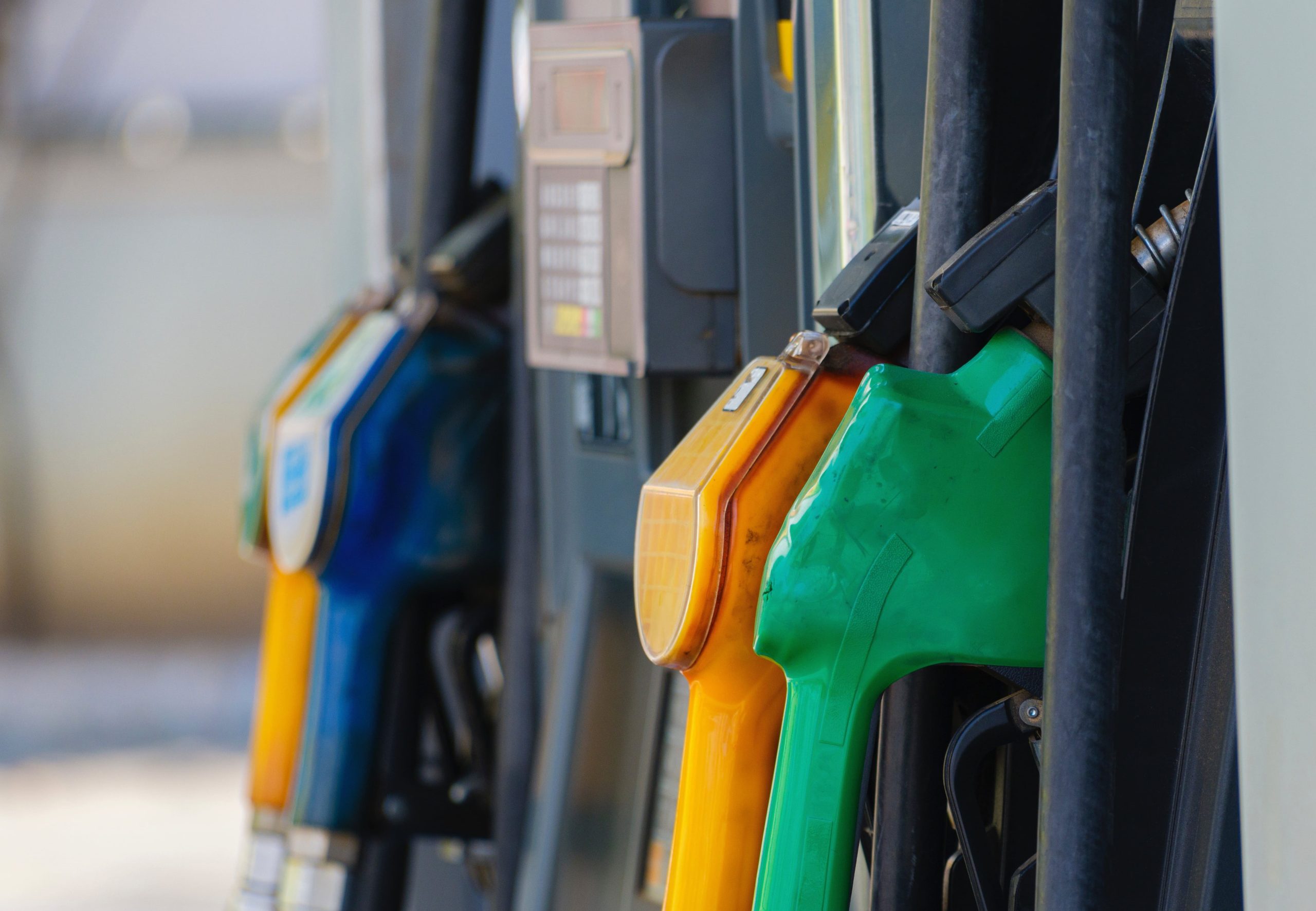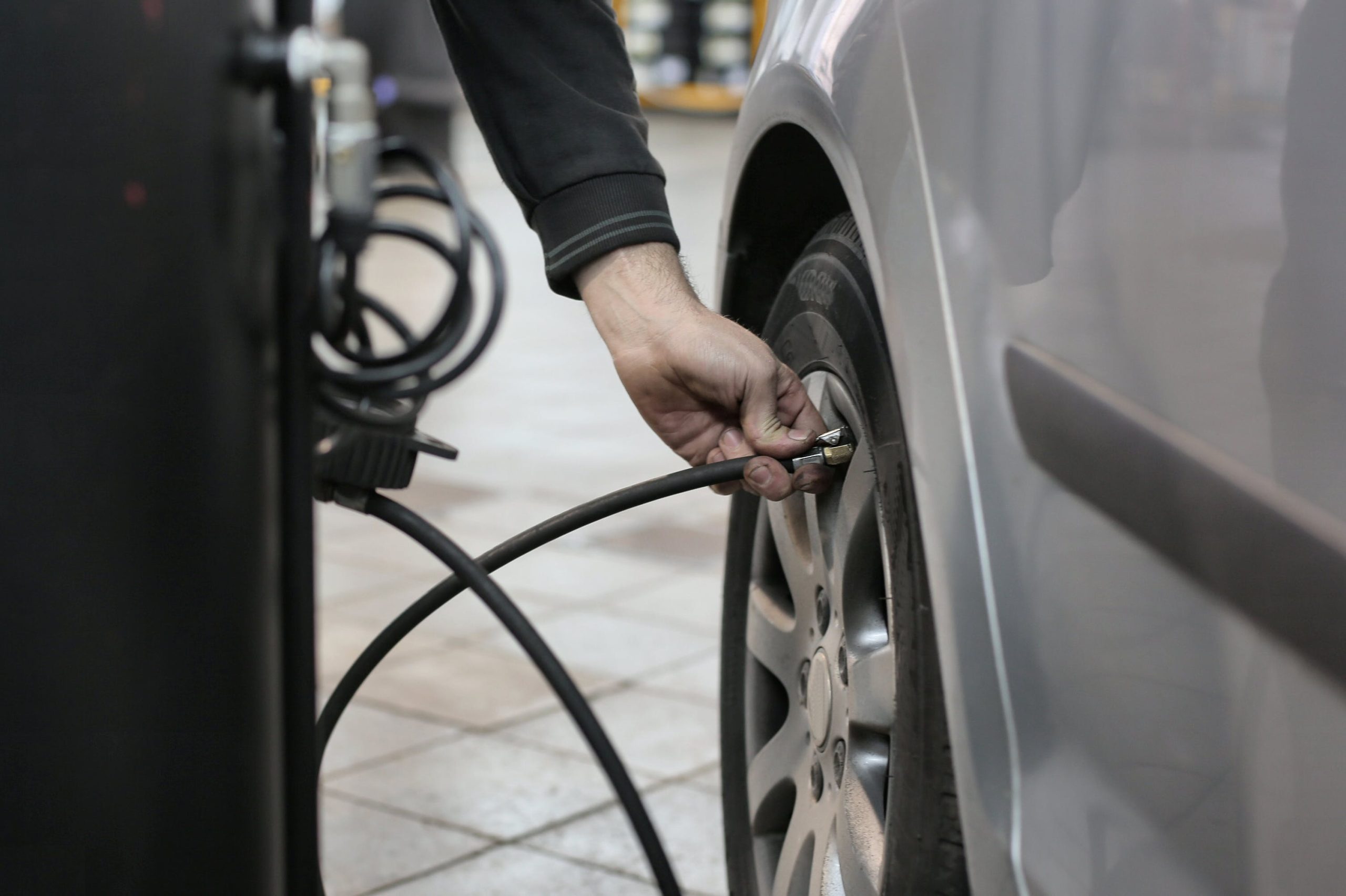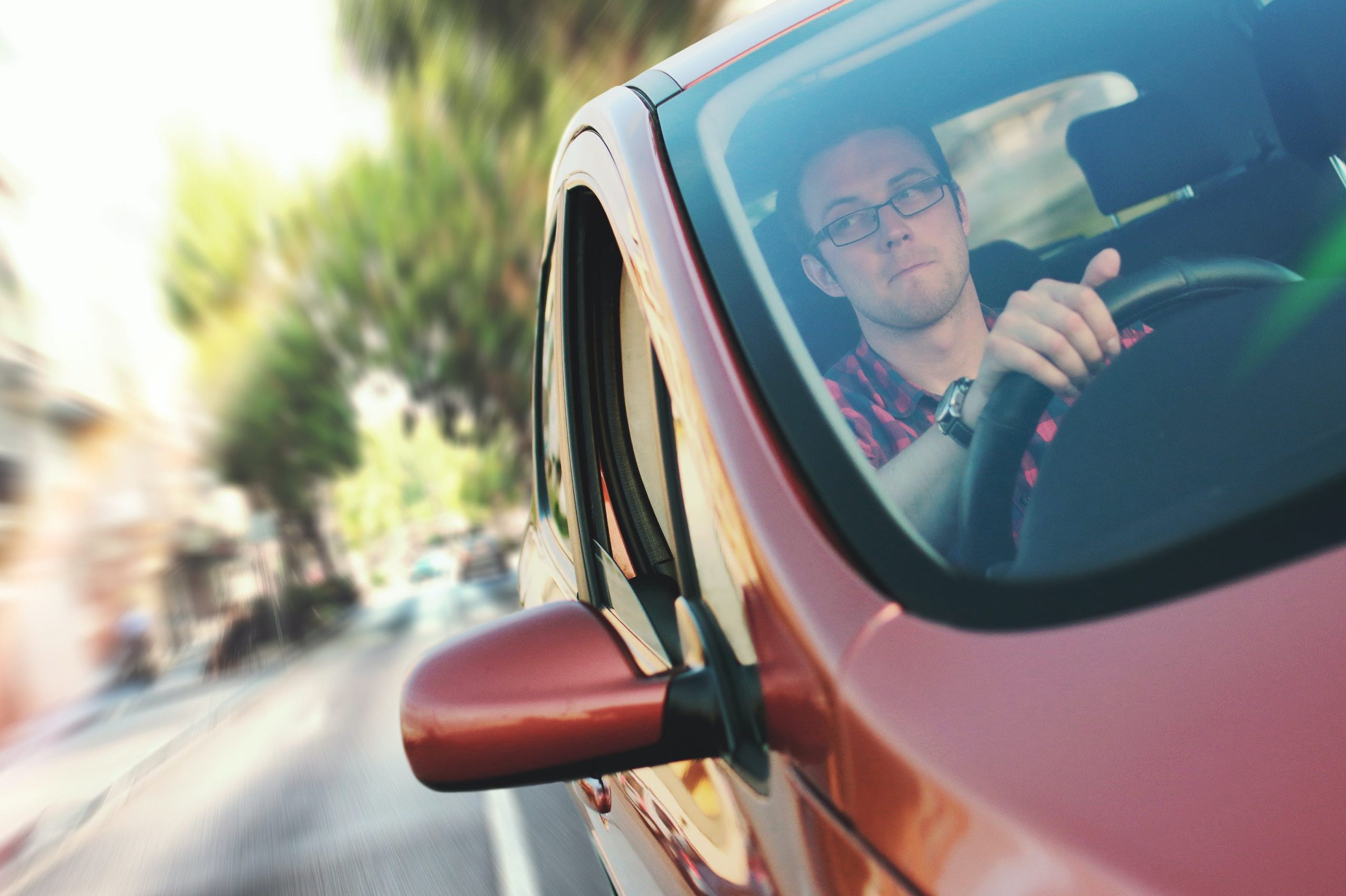Reducing your car’s emissions is good for the environment and a cleaner car will also offer better performance, increased fuel economy and be cheaper to run.
While every car made in or after 1992 will have a Euro emissions standard, which classifies what emissions it produces in what quantities, these are based on lab tests and the actual ‘real-world’ driving emissions can vary significantly.
But there are things you can take into account to improve your driving and ways to maintain your car to ensure you are reducing your car’s emissions as much as possible.
Use a cleaning agent
As a car gets older, harmful deposits can build up in the vehicle’s engine, reducing efficiency and increasing emissions.
Adding a cleaning agent into the fuel system will help remove the deposits and lower the emissions.
It’s worth considering using a premium fuel that already contains these additives.
Depending on the product, a bottle of liquid should be poured into the fuel tank – with the tank at least a quarter full – before driving the car 10 to 15 miles.
The exhaust and fuel cleaner should be used every three months to maintain optimum efficiency.
Use better fuel

“Is it worth paying more for premium fuels?” is a question frequently asked.
You’ll have seen the more expensive fuels alongside regular diesel and unleaded, often labelled as ‘premium’, ‘super’ or ‘ultimate’.
These types of fuels contain active cleaning agents to remove dirt from the engine, which should improve fuel efficiency and reduce emissions.
Some motorists may even notice an increase in performance.
Results vary depending on make, model and age of the vehicle, how the car is driven and the type of journey.
Try filling up three or four times to see if you notice any difference.
Change the oil
The engine oil is the lifeblood of your vehicle: the fluid that lubricates, cleans, cools and prevents wear.
It must be changed at regular intervals to keep your car running at optimum efficiency.
Check your vehicle’s handbook for the recommended service intervals and make sure to regularly check your engine oil level between service intervals and top up in line with the manufacture’s guidelines, making sure you use the correct grade of oil.
Change the air filter
When an air filter is clogged up, the airflow to the engine is reduced, which can lead to a multitude of issues.
If an engine can’t breathe, deposits will build up, causing premature wear and tear.
Again, check the recommended service intervals for the optimum time to change the filter, but be prepared to change it more regularly if you live in a dusty environment.
Check your tyre pressure

Be honest, how often do you check your tyre pressures?
According to Michelin, a tyre loses around 1 psi (0.076 bar) per month, but other factors might accelerate the leak.
Low tyre pressure increases fuel consumption and CO2 emissions, with a tyre under-inflated by 20 percent reducing economy by around 20 percent.
Check your tyre pressures in line with manufacture’s recommendations or at least once a month.
When replacing your tyres consider choosing ones that have low rolling resistance all tyres sold have an EU tyre label giving this information.
The difference could be as much as 0.5 litres of fuel per 100km.
Air condition system
We all like to set the cabin temperature to ‘just so’, but using the air conditioning makes the engine work harder, increasing the vehicle emissions.
We’d recommend turning off the air conditioning a few miles before reaching your destination, as the system will allow cool air to continue circulating via the fans.
Be sure to use the air conditioning system at least once a week to prevent expensive repairs further down the line.
However, it may be more fuel efficient to use the vehicles climate control system than to travel with the windows down as this creates drag on the vehicle increasing fuel consumption and emissions.
Reduce idle time
Idle time is when a vehicle is left running, even when the car is parked or stuck in traffic. Limit the amount of time spent idling by warming the engine and cabin on the go, rather than before setting off.
Equally, if you’re likely to be waiting for longer than 10 seconds, but certainly for more than a minute, switch off the engine.
Contrary to popular belief, idling for 10 seconds wastes more fuel than restarting.
If your car is fitted with a stop-start system, make sure it is switched on.
Change your driving style

Making small changes to your driving style can have a significant impact on the level of emissions.
Changing gear earlier, not exploring the upper reaches of the rev range, braking sooner and slowing down will reduce wear and tear, while maintaining efficiency.
Some vehicles monitor you’re driving style and give feedback through the dashboard information display.
Avoid unnecessary driving
Sounds obvious, doesn’t it, but a car left at home is emitting nothing.
Could you combine two trips into one journey?
Is it easier to walk or cycle?
Consider car sharing schemes.
In short, think of alternatives to sitting behind the wheel.
Maintain your vehicle’s aerodynamic efficiency
If you have a roof rack, bike carrier or roof box fitted on your vehicle this will create resistance and cause drag increasing you vehicle emissions.
Consider removing these items when not in use.
Change your car

Modern cars are more efficient than ever, with manufacturers facing increasingly stringent environmental legislation.
Taking the steps outlined above might lower the emissions of your existing vehicle, but a newer car might be the best option if a significant reduction is required.
